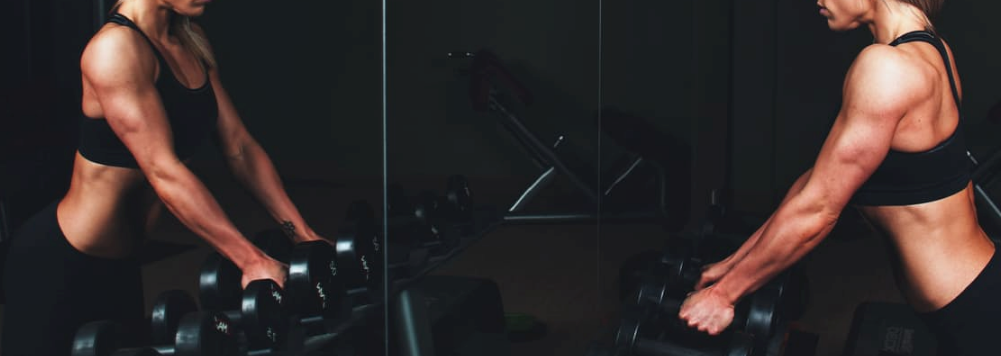YouGov Profiles data suggests that strength training is an established part of many women’s fitness routines in Great Britain. A quarter (26%) of women who work out on their own say they do so using weights or bodyweight exercises, while 13% of women with gym or studio memberships say they go specifically to build muscle or get more toned. Women in both groups are more likely than the average to be younger, in higher income households, and digitally engaged. And while some prefer the structure of gyms and studios and others train independently, both segments represent valuable, wellness-conscious audiences for marketers looking to connect.
Looking at age, strength-focused women are more concentrated in younger and middle-aged brackets than the general female population. Among gym-based strength focused women, 26% are aged 25-34 (vs. 16% of all women), and the figure is the same for solo strength women. At the other end of the scale, only 27% of gym and 21% of solo strength women are aged 55+, compared to 39% of all women. Higher income households are also more common: 31% of gym strength women and 29% of solo strength women fall into the top income bracket (200%+ of the median), compared to 18% of all women.
When asked where advertising is most likely to catch their attention, online ads tops the list, cited by 59% of gym strength women and 47% of solo strength women, compared to 48% of all women. TV adverts are equally popular among gym strength women and the general female population (43%), but podcasts stand out for this audience: 16% of gym and 13% of solo strength women select them, compared to just 8% of all women. Cinema advertising is chosen by 19% of solo strength women versus 12% overall, while billboards appeal to 18% of gym strength women versus 16% of all women.
Their social media habits reveal another difference. Instagram use is notably higher among strength-focused women: 54% of gym and 62% of solo strength women use it daily, compared to 41% of all women. TikTok also sees heavier daily usage in both groups (26% gym, 31% solo) versus 21% overall, while YouTube daily usage sits at 29% for gym strength women and 30% for solo strength women, compared to 23% for all women. Snapchat use is also more common (20% gym, 19% solo, vs. 13% overall). Daily Facebook use is high across the board but slightly lower among strength-focused women than the 62% average for all women.
For brands in fitness, wellness, apparel, or nutrition, these patterns matter. This audience is younger, more affluent, and highly active across social platforms, with a receptiveness to online ads, podcasts, and some offline formats like cinema and billboards. Campaigns that combine digital reach with creative targeting on the platforms they use most could be well-placed to connect with these strength-focused women.
